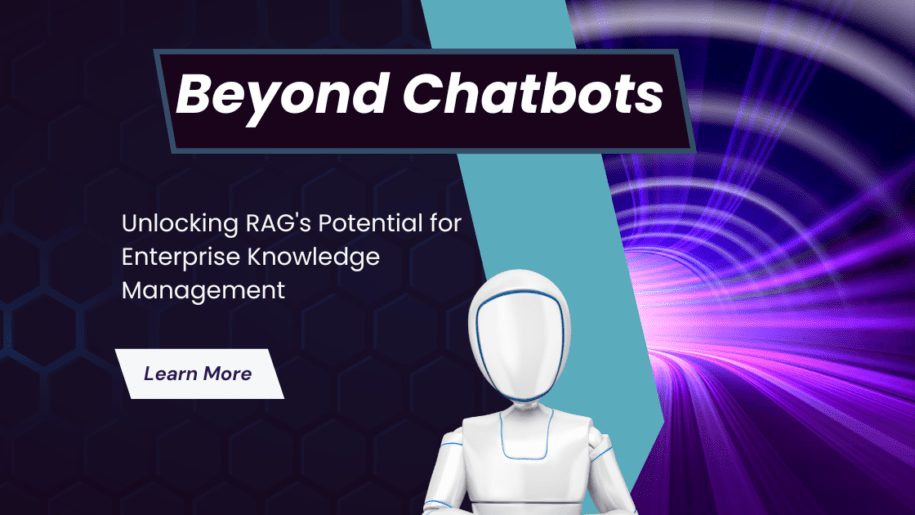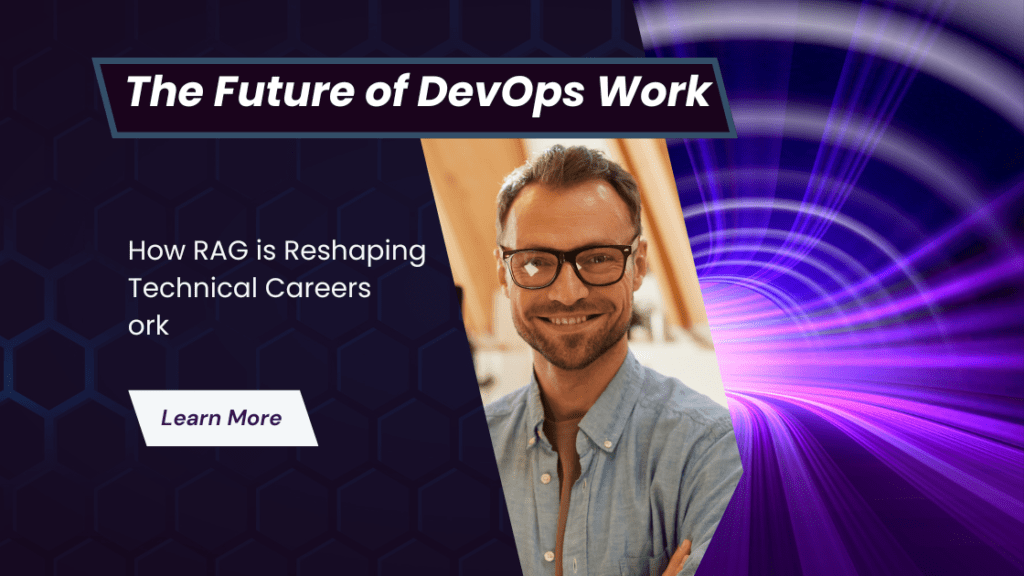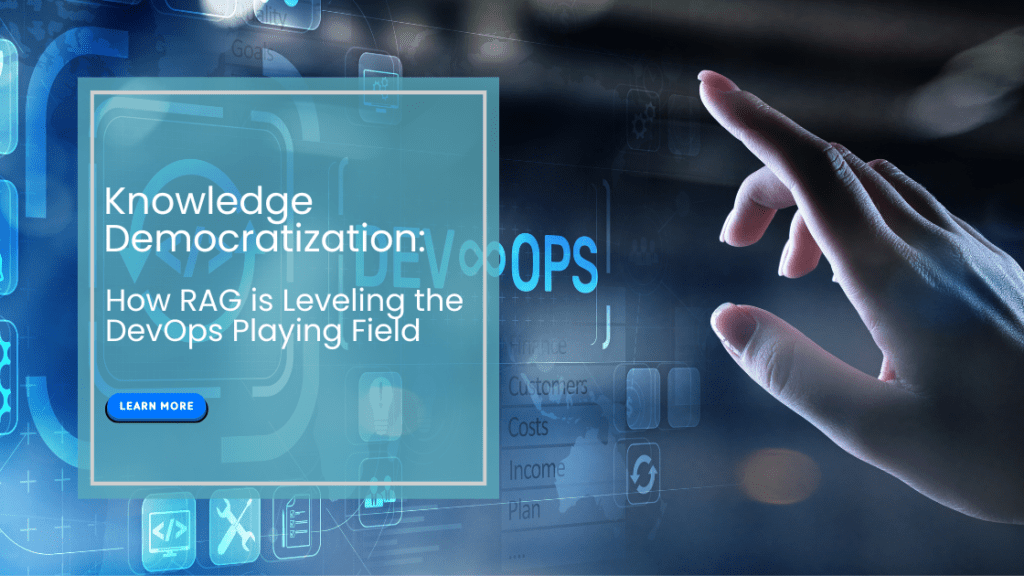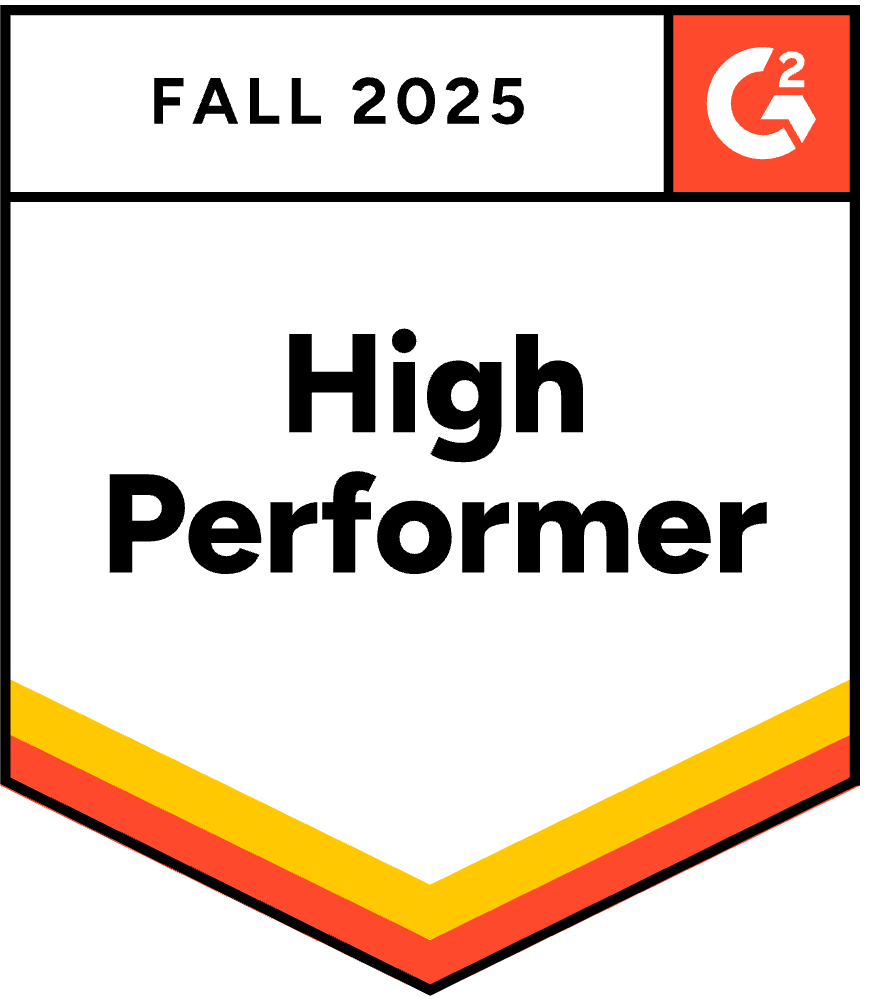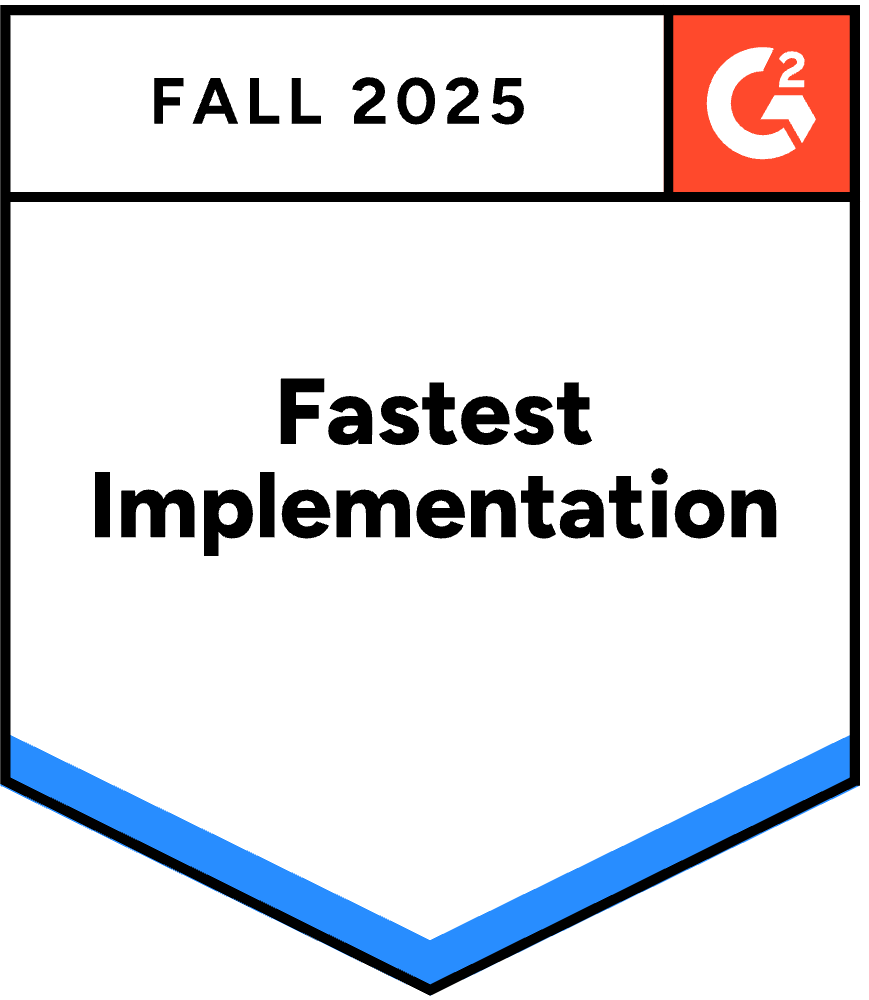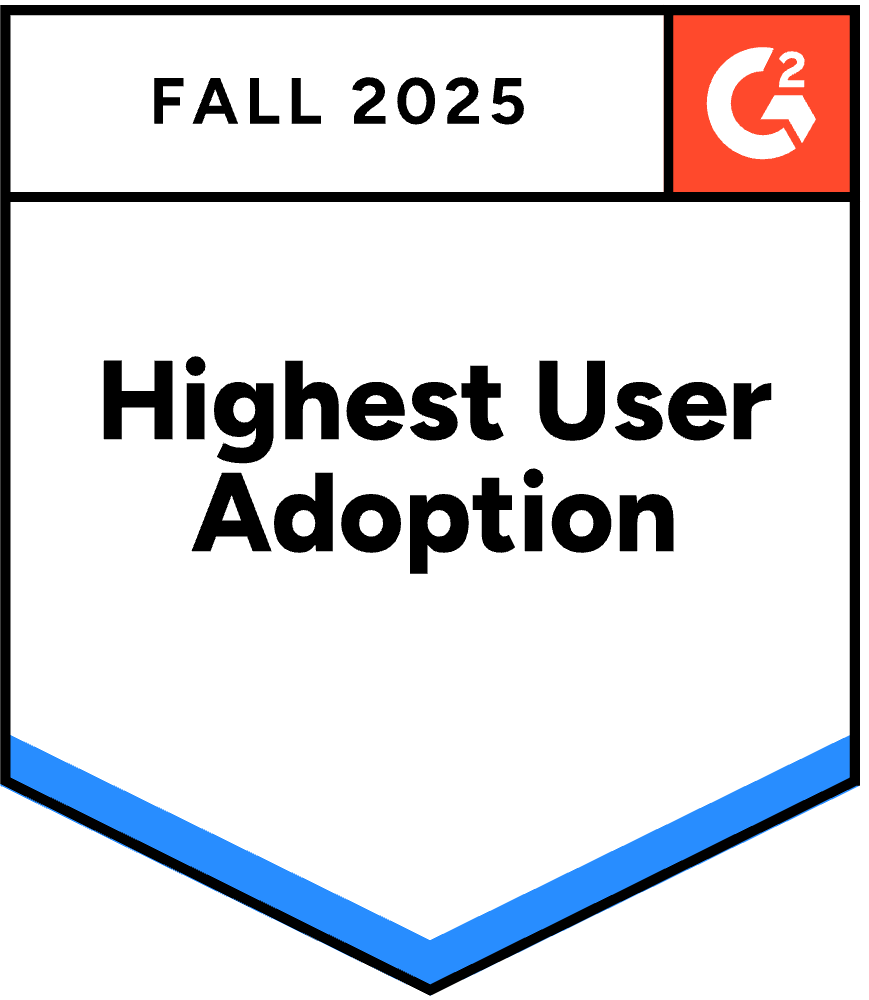Introduction
Retrieval-Augmented Generation (RAG) is increasingly recognized for its power in enhancing AI applications. While often associated with chatbots and conversational AI, RAG’s true potential lies in revolutionizing enterprise knowledge management. This post explores how RAG can transform how organizations capture, access, and utilize internal information, moving beyond simple question-answering. As seen with the integration of RAG in observability platforms like FusionReactor, we’re witnessing a shift in how technical knowledge is managed and leveraged.
The Challenge of Enterprise Knowledge
Businesses today grapple with vast amounts of information. Knowledge silos, outdated documentation, and difficulty finding relevant data are common challenges. As the document “The Future of DevOps Work: How RAG is Reshaping Technical Careers” points out, traditional DevOps career paths emphasized memorizing specific commands and techniques. However, RAG-enhanced systems are changing this, shifting the focus to organizing and contextualizing information.
RAG as a Knowledge Retrieval Engine
RAG acts as a powerful engine for retrieving relevant information from diverse organizational sources, such as wikis, documents, databases, and code repositories. It allows systems like FusionReactor’s OpsPilot to retrieve and apply specialized knowledge instantly. This changes the premium from those who memorize commands to those who understand how to organize and curate information. A senior engineer noted,
“I used to spend hours teaching my team specific Linux troubleshooting commands. Now I focus on helping them understand the patterns that connect different problems and solutions. The tools can provide the commands; humans need to provide the wisdom about when and why to use them.”
Use Cases Beyond Chatbots
RAG’s applications extend far beyond chatbots:
- Automated Report Generation: RAG can synthesize information from various sources to create comprehensive reports, saving time and effort.
- Contextual Help and Documentation: Providing users with relevant documentation and support based on their current task or context within an application.
- Code Assistance and Debugging: Leveraging RAG to provide developers with code examples, API documentation, and debugging assistance. For instance, Java developers like Vlad Mihalcea, a Java Champion who talks about #jpa, #sql, #java, and #hibernate, could contribute to a RAG system that provides developers with relevant code snippets and best practices.
Compliance and Auditing: Using RAG to retrieve and analyze data for compliance checks and audits quickly.
FusionReactor’s OpsPilot Knowledge: A Real-World RAG Implementation
FusionReactor has embraced the power of RAG technology with its innovative OpsPilot Knowledge system. This groundbreaking feature transforms how technical teams manage and access their organizational knowledge.
OpsPilot Knowledge bridges a company’s specific information and AI’s capabilities, creating a customized knowledge repository that makes application monitoring and troubleshooting more efficient than ever. The system can store a diverse range of information:
- Application README files
- FAQs and their answers
- Technical process instructions
- Team structures and contact information
- Project documentation and guidelines
- Incident history and resolution patterns
What makes OpsPilot Knowledge particularly powerful is its ability to integrate with the OpsPilot Hub, which also includes OpsPilot Services for managing service information. This integration creates a comprehensive knowledge ecosystem where AI can provide hyper-relevant responses based on your organization’s specific context and service structure.
As noted in FusionReactor’s documentation:
“OpsPilot is crafted to enhance observability for all team members, extending beyond engineers to build a context around your systems. By integrating large language models (LLMs) with our comprehensive telemetry data platform, we’ve developed an AI companion proficient in grasping the intricacies of your system and OpsPilot’s operations.”
A recent enhancement to the platform even allows users to ingest website content directly through website scraping, further expanding the knowledge base with external resources. This capability enables teams to include documentation, best practices, and technical resources from trusted websites, making the knowledge base more comprehensive and valuable.
Implementing RAG for Knowledge Management
Implementing RAG in an enterprise setting requires careful consideration:
- Data Integration: Connecting to various data sources and ensuring data quality is crucial.
- Indexing and Retrieval Strategies: Choosing appropriate indexing methods and retrieval algorithms to ensure efficient and accurate information retrieval.
- Security and Access Control: Ensuring that sensitive information is protected and only accessible to authorized users.
The Future of RAG in the Enterprise
Future developments in RAG for knowledge management include:
- Personalized Knowledge Retrieval: Tailoring information retrieval to individual user needs and preferences.
- Multimodal RAG: Integrating various types of data, such as text, images, and videos.
- AI-Powered Knowledge Discovery: Using RAG to uncover hidden insights and connections within enterprise data.
Continuous Learning in the Age of RAG
As mentioned in the document, RAG is changing how we learn. Learning shifts from memorization to conceptual understanding and effective interaction with knowledge systems. Onboarding new team members involves teaching them how to query the RAG system effectively rather than overwhelming them with documentation. This approach resembles how professionals in other knowledge-intensive fields operate.
FusionReactor’s documentation highlights six essential elements that should always be added to OpsPilot knowledge to maximize its effectiveness:
- Infrastructure diagrams showing how systems interact
- Complete service knowledge for investigating issues with clarity
- Customer-facing and internal documentation for product understanding
- Known issues or behavior patterns to avoid misinterpreting system behavior
- Incident history with resolution steps to identify recurring issues
- Release notes and documentation for frameworks/libraries to precisely analyze errors
By prioritizing these knowledge areas, organizations can build a RAG system that answers questions and actively contributes to problem-solving and system optimization.
Conclusion
RAG has the potential to transform enterprise knowledge management by making information more accessible, relevant, and actionable. By moving beyond chatbots and exploring the broader applications of RAG, organizations can unlock significant value and improve productivity. As “The Future of DevOps Work” highlights, this evolution will create opportunities for deeper specialization in novel areas while making specialized knowledge more accessible to all.
FusionReactor’s implementation of RAG through OpsPilot demonstrates the real-world benefits of this approach. By combining AI capabilities with structured knowledge management, FusionReactor has created a system that monitors application performance and helps teams understand, troubleshoot, and optimize their systems more effectively. This represents the future of enterprise tools – not just collecting data, but making knowledge accessible and actionable when needed.

